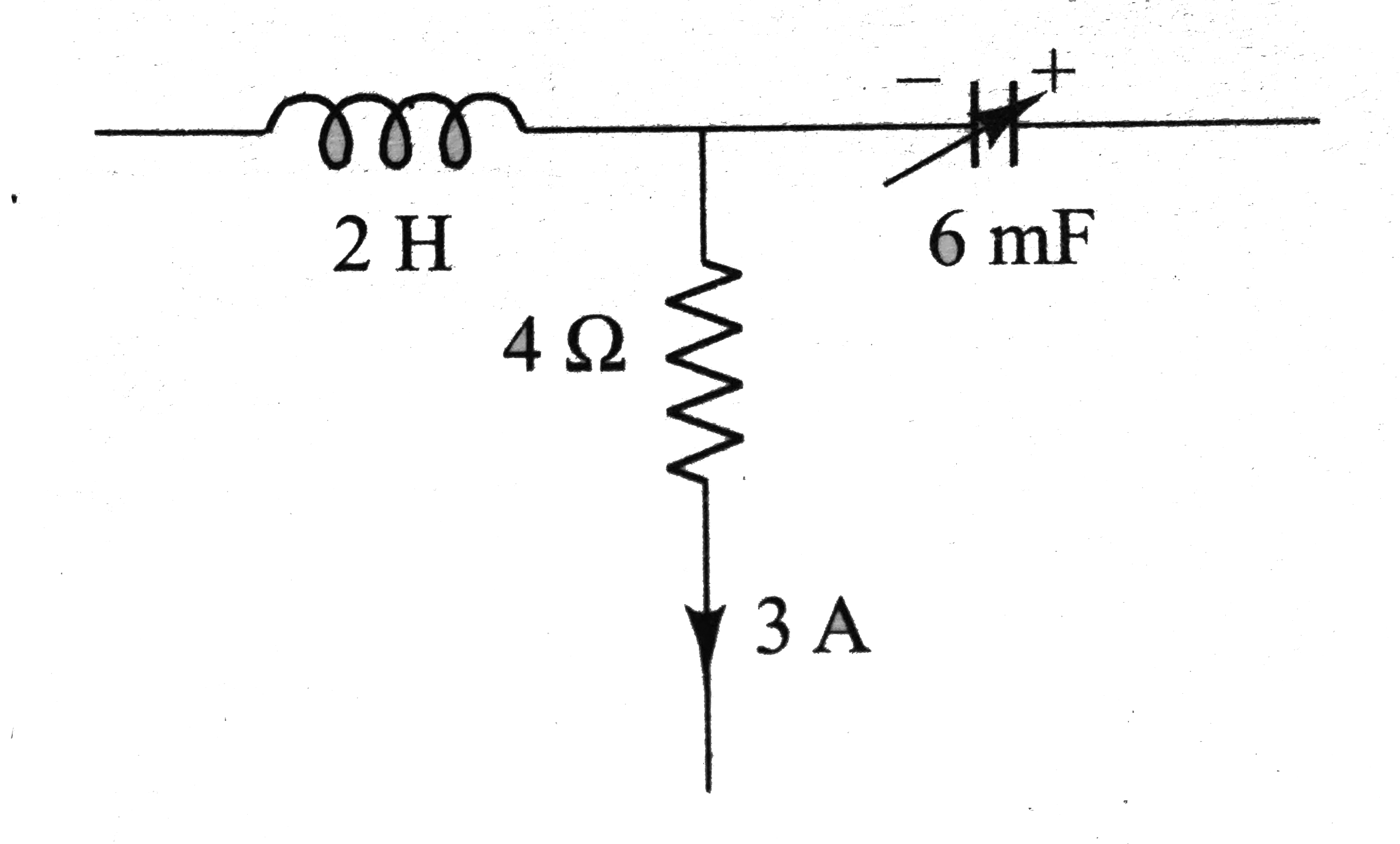Find the degree of the following :
(1+dsdt)32=5d2sdt2
The correct Answer is:2
To find the degree of the given differential equation:
(1+dsdt)32=5d2sdt2
we will follow these steps:
Step 1: Rewrite the Equation
First, we will eliminate the fractional exponent on the left side by cubing both sides of the equation.
(1+dsdt)32=5d2sdt2
Cubing both sides gives:
1+dsdt=52(d2sdt2)23
This simplifies to:
1+dsdt=25(d2sdt2)23
Step 2: Identify the Derivatives
Next, we need to identify the highest order derivative present in the equation. The derivatives present are:
- dsdt (first order)
- d2sdt2 (second order)
Step 3: Determine the Degree
The degree of a differential equation is defined as the highest power of the highest order derivative present in the equation.
In our equation, the highest order derivative is d2sdt2, and it appears in the term 25(d2sdt2)23.
However, since we need the degree to be defined, we must express the equation as a polynomial in terms of the derivatives.
To do this, we can rearrange the equation:
(1+dsdt)=25(d2sdt2)23
This indicates that the highest order derivative d2sdt2 is raised to the power of 23.
Since the degree must be a whole number, we can see that the degree of the differential equation is determined by the highest integer power of the highest order derivative, which is 2 (from d2sdt2).
Final Answer
Thus, the degree of the given differential equation is:
Degree=2
First, we will eliminate the fractional exponent on the left side by cubing both sides of the equation.
Next, we need to identify the highest order derivative present in the equation. The derivatives present are:
- d2sdt2 (second order)
The degree of a differential equation is defined as the highest power of the highest order derivative present in the equation.
Thus, the degree of the given differential equation is:
Topper's Solved these Questions
- DIFFERENTIAL EQUATIONSBOOK - AAKASH INSTITUTE ENGLISHCHAPTER - DIFFERENTIAL EQUATIONSEXERCISE - Assignment (Section - A) Competition Level Questions
35 Videos
- DIFFERENTIAL EQUATIONSBOOK - AAKASH INSTITUTE ENGLISHCHAPTER - DIFFERENTIAL EQUATIONSEXERCISE - Assignment Section - B (Objective Type Questions (One option is correct))
39 Videos
- DIFFERENTIAL EQUATIONSBOOK - AAKASH INSTITUTE ENGLISHCHAPTER - DIFFERENTIAL EQUATIONSEXERCISE - Assignment Section - J (Aakash Challengers Questions)
4 Videos
- DETERMINANTS BOOK - AAKASH INSTITUTE ENGLISHCHAPTER - DETERMINANTS EXERCISE - SECTION - J
12 Videos
- INTEGRALSBOOK - AAKASH INSTITUTE ENGLISHCHAPTER - INTEGRALSEXERCISE - Try yourself
50 Videos
Similar Questions
Knowledge Check
Find the sum of the order and degree of the differential equation: (1+d2ydx2)25=d3ydx3
A8B5C3D9
Figure shows a part of a bigger circuit. The capacity of the capacitor is 6mF and is desaesing at the constate rate 0.5mFs−1. The potential difference across the capacitor at the shows moment is changing as follows:
dVdt=2Vs−1, d2Vdt2=12VS−2
The current in the 4Ω resistor is decreasing at the rate of 1mAs−1. What is the potential difference (in mV) across the inductor at this moment?

View SolutionIntegrate the following :
(i) ∫(t−1t)2 dt
(ii)∫sin(10t−50) dt
(iii)∫e(100t+6) dt
View SolutionDetermine order and degree (if defined) of differential equations given (dsdt)4+3sd2sdt2=0
View SolutionDetermine order and degree (if defined) of differential equations given(dsdt)4+3sd2sdt2=0
View SolutionThe rate of a reaction is expressed in different ways as follows:
+12d[C]dt=−12d[D]dt=+13d[A]dt=−d[B]dt
the reaction is
View Solution13∫√52−t2dt
View SolutionFind the order and degree (if defined) of the equation: d2ydx2={1+(dydx)4}53
View Solution
